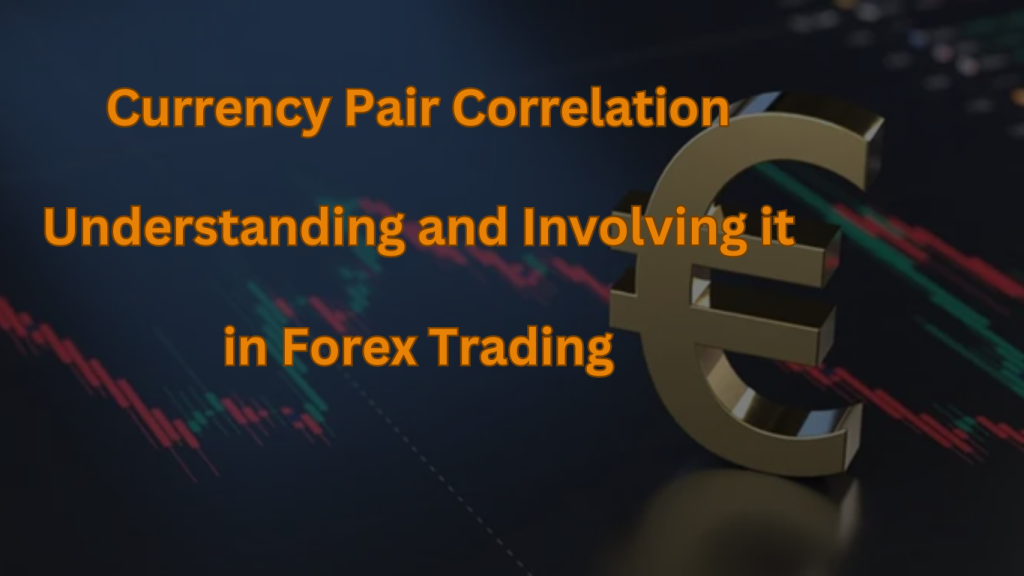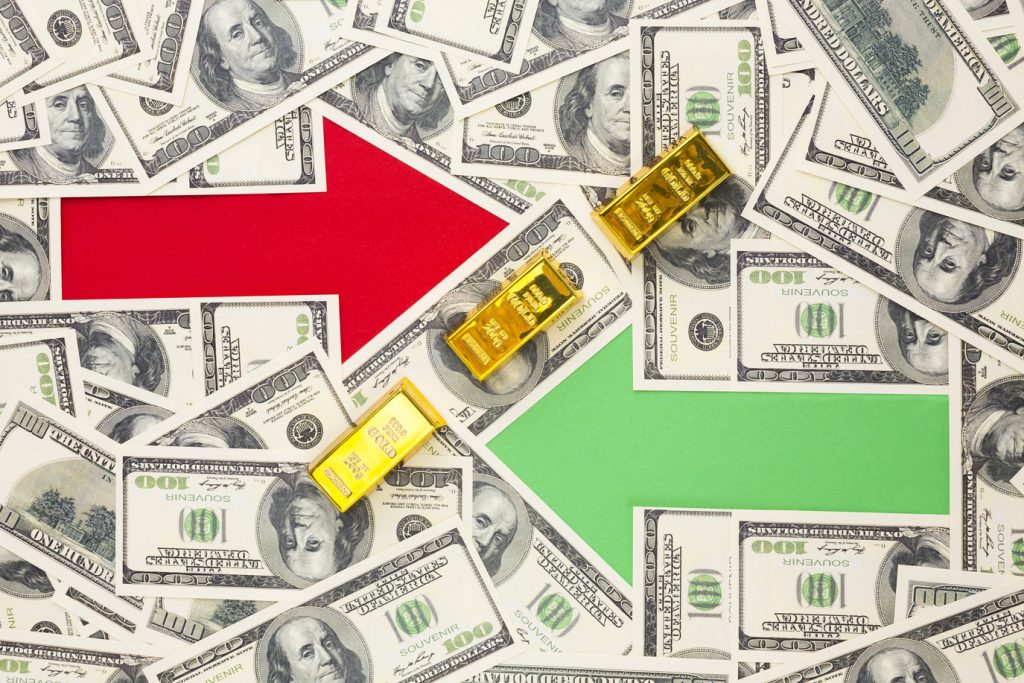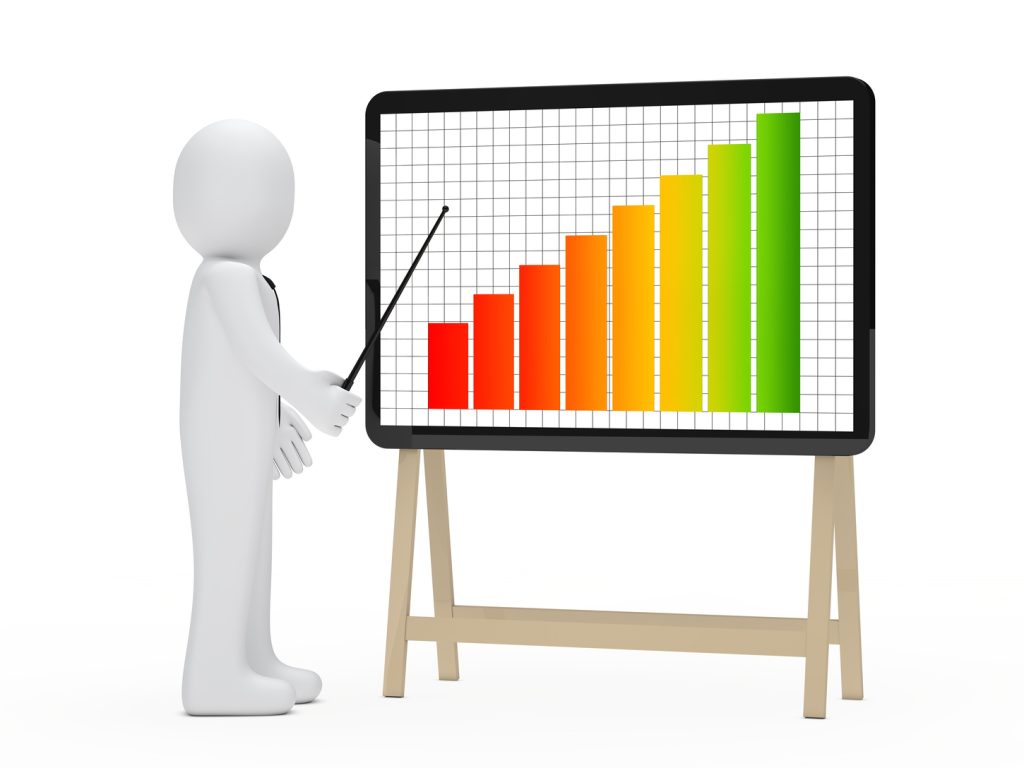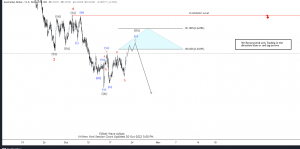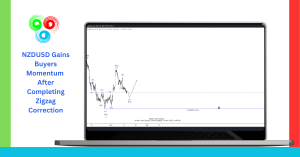Currency Pair Correlation: In the realm of forex trading, it is critical to comprehend the correlation between currency pairs and actual trade. Currency pair correlation alludes to a factual proportion of the correlation between two currency coordinates and how they move compared with one another. By breaking down these correlations, dealers can anticipate which sorts of currency matches are probably going to move pairs. In this article, we will dive further into the idea of currency pair relationships, investigate their importance in Forex trading, and talk about procedures for utilizing them to advance trading results.
Currency Pair Correlation: Understanding and Involving It in Forex Trading
Currency Pair Correlation Definition:
The relationship between currency matches emerges from the reliance on the financial forms cited in the pair. For instance, when the GBP/JPY pair is traded, it is a subordinate of the GBP/USD and USD/JPY coordinates and will have some level of correlation with one or the two sets. In any case, it is critical to take note that this sort of triangulation just happens in currency crosses, or at least, matches in which the USD isn’t involved. Besides, the correlation between currency pairs is more complicated. Affected by complex powers, a few sets move in a similar direction, while others move in inverse directions.
The correlation coefficient estimates the level of relationship between two currency coordinates and ranges between -1.0 and +1.0. A relationship of +1 implies that two currency matches have a 100 percent chance of moving in a similar bearing, and a correlation of -1 implies that they have a 100 percent chance of moving in inverse headings. A zero correlation demonstrates an irregular correlation between currency matches. In any case, it is vital to take note that in genuine business sectors, it is remarkably difficult to achieve an ideal correlation of +1 or -1.
Types of Currency Pair Correlation
In the dynamic world of forex trading, understanding the correlation between currency pairs is paramount for formulating effective trading strategies and managing risk. There are primarily two types of currency pair correlation: positive correlation and negative correlation. Additionally, several factors influence currency pair correlation, including economic indicators, geopolitical events, and market sentiment.
A. Positive Correlation:
A positive correlation between currency pairs indicates a tendency for those pairs to move in the same direction. When one currency pair strengthens, the other tends to follow suit. Let’s delve deeper into this correlation type:
- Explanation and Examples: Positive correlation occurs when two currency pairs exhibit a synchronized movement, either both appreciating or depreciating against other currencies. For instance, if EUR/USD and GBP/USD both display a positive correlation, when EUR/USD rises, GBP/USD is likely to rise as well. This correlation often stems from shared economic factors or market sentiment.
- Impact on Trading Strategies: Positive correlation significantly influences trading strategies. Traders may utilize positively correlated pairs to diversify their portfolios while still capitalizing on similar market movements. By identifying and leveraging positive correlations, traders can manage risk more effectively and optimize their profit potential during favorable market conditions.
B. Negative Correlation:
Negative correlation between currency pairs indicates an inverse relationship, where one pair moves in the opposite direction from the other. Let’s explore this correlation type further:
- Explanation and Examples: Negative correlation arises when two currency pairs exhibit an inverse movement, with one pair strengthening while the other weakens. For example, if USD/JPY and EUR/USD display a negative correlation, when USD/JPY strengthens, EUR/USD is expected to weaken. This correlation can result from differing economic fundamentals or geopolitical developments impacting the respective currencies.
- Utilizing Negative Correlation in Trading: Negative correlation offers opportunities for traders to hedge their positions and mitigate risk. By taking opposite positions on negatively correlated pairs, traders can potentially offset losses in one currency against gains in another. Additionally, traders may exploit negative correlation to capitalize on market volatility and optimize risk-adjusted returns.
III. Factors Influencing Currency Pair Correlation
Various factors contribute to currency-pair correlation, influencing market dynamics and trading decisions. Let’s explore these factors:
A. Economic Factors:
- Interest Rate Differentials: Interest rate differentials between countries play a pivotal role in determining currency pair correlation. Discrepancies in interest rates can attract capital flows, influencing currency values and correlation patterns. Traders closely monitor central bank policies and interest rate decisions to anticipate shifts in correlation dynamics.
- Economic Data Releases: Economic indicators such as GDP growth, inflation rates, and employment data impact market sentiment and currency pair correlation. Positive economic data often strengthens a currency, while negative data can lead to depreciation. Traders analyze economic reports to assess the health of economies and predict market trends.
B. Geopolitical Events:
- Trade Tensions: Geopolitical tensions, such as trade disputes between nations, can disrupt currency correlation patterns. Tariffs, sanctions, and trade negotiations influence international trade flows, affecting currency values and correlation dynamics. Traders monitor geopolitical developments to gauge their potential impact on currency markets.
- Political Instability: Political instability in countries can contribute to shifts in currency pair correlation. Uncertainty surrounding government policies, elections, or geopolitical conflicts can create volatility in currency markets, altering correlation patterns. Traders assess political risks to anticipate market movements and adjust their trading strategies accordingly.
C. Market Sentiment:
- Risk-on vs. risk-off sentiment: Market sentiment, characterized by risk appetite or aversion, influences currency correlation. During periods of risk-on sentiment, investors seek higher-yielding assets, leading to correlated movements in currencies. Conversely, during risk-off sentiment, investors favor safe-haven currencies, causing correlations to deviate.
- Flight to Safety: In times of market turmoil or uncertainty, investors often flock to safe-haven assets, impacting currency correlation. Currencies such as the US dollar, Japanese yen, and Swiss franc typically strengthen during flight-to-safety events, affecting correlation patterns with other currencies. Traders monitor shifts in market sentiment to adapt their trading strategies accordingly.
In conclusion, understanding the types of currency pair correlation and the factors influencing it is essential for forex traders seeking to navigate the complexities of the foreign exchange market. By analyzing correlation dynamics and incorporating them into trading strategies, traders can effectively manage risk and optimize their profit potential in ever-changing market conditions.
The importance of monitoring correlations:
Currency pair correlation isn’t static; it can vary over the long run and alludes to the measurable correlation between two currency matches. Consistently monitoring and following changes in these relationships is fundamental for settling on informed trading choices.
Personal merchants can utilize stages like Trading Perspective to notice currency relationships by recognizing which currency matches have positive or negative correlations with one another.
Worldwide financial feelings and factors are dynamic and can change every day, affecting the correlation of currency matches. The solid correlations right now noticed may not compare to long-haul relationships. In this manner, it is fundamental to consider the half-year correlation, which gives a more precise viewpoint of the typical correlation between two currency pairs.
Correlations change for various reasons, remembering contrasts for financial strategy, the responsiveness of currency matches to product costs, and exceptional financial and political variables. For instance, vacillations in oil costs can essentially affect the economies of Canada and the US, causing sharp responses in the USD/computer-aided design currency pair.
Here is an example:
- Influence on the Canadian economy: When oil costs rise, Canada procures more US dollars per barrel of oil it sends out. This builds the stockpile of US dollars streaming into Canada compared with the inventory of Canadian dollars, bringing about an expansion in the worth of the Canadian dollar. Alternately, low oil costs lessen the inventory of US dollars streaming into Canada, diminishing the worth of the Canadian dollar.
- Influence on the U.S. economy: Lower oil costs could help most purchasers through lower gas and travel costs, as well as lower costs for the vast majority of modern items. In any case, since the US has extended its oil creation, falling oil costs could hurt American oil organizations and influence laborers in the homegrown oil industry.
- Influence on the USD/computer-aided design currency pair: The USD/computer-aided design currency pair is straightforwardly impacted by these financial impacts. The Canadian dollar (computer-aided design) generally corresponds with oil costs, and when oil costs rise, it will in general appreciate against the US dollar (USD), as well as the other way around. In this manner, an expansion in oil costs prompts a reduction in the worth of USD/computer-aided design (an ascent in the Canadian dollar), and a fall in oil costs prompts an expansion in the worth of USD/computer-aided design (a fall in the Canadian dollar).
Ascertaining the relationship between currency pairs
To stay up-to-date on the heading and strength of currency pair correlations, we suggest working them out independently. This can appear to be troublesome. However, it is moderately simple to utilize programming and calculation sheet projects like Microsoft Succeed.
The following is a bit-by-bit interaction to work out the currency-pair relationship.
- Acquire cost information for the two currency matches you need to investigate (for instance, GBP/USD and USD/JPY).
- Make two marked sections for every currency pair and enter the authentic day-to-day cost of every currency pair for the ideal period.
- In the vacant space at the lower part of any of the sections, type the relationship equation: CORREL.
- Feature every one of the pieces of information in one of the value segments to get the scope of the cells in the equation box.
- Type a comma to demonstrate another cell.
- Rehash stages 3 to 5 for other currency matches.
- Close the equation as =CORREL (A1:A50, B1:B50).
- The subsequent number addresses the relationship between the two currency matches.
The correlation changes over the long haul, yet the estimations needn’t bother to be refreshed day to day. Commonly, refreshing once like clockwork, or if nothing else, once per month, is sufficient to keep steady over changing patterns in currency pair correlations.
Involving Currency Pair Relationships in Forex Trading:
A careful comprehension of the correlation between currency matches allows dealers to streamline their trading methodologies. The following are two methods for exploiting currency pair correlation in forex trading.
- Recognize supporting open doors: The relationship between currency pairs can be utilized to support. If two currency pairs have a negative correlation, brokers can make the most of it by covering their positions. For instance, if a dealer stands firm on a long footing in EUR/USD and a short situation in USD/CHF, the expected misfortune in the EUR/USD position can be balanced by the benefit in the USD/CHF position. This supporting system decreases risk and safeguards against unfriendly market developments.
- Take advantage of pip or point values: Brokers can exploit the different pip or point upsides of a currency pair. For instance, think about EUR/USD and USD/CHF, which have a practically wonderful negative correlation. Although their developments are conversely connected, a one-pip development in EUR/USD is valued at $10 for a ton of 100,000 units, while a one-pip development in USD/CHF is valued at $9.24 for a similar number of units.
By cautiously overseeing positions and exploiting currency pair relationships, dealers can upgrade their gamble reward proportion and further develop their general trading execution.
Conclusion:
By consistently monitoring relationships, dealers can remain mindful of changing trends and change their procedures accordingly. Whether for the end goal of supporting or exploiting pip values, currency pair relationships provide important data.
Frequently Asked Questions (FAQs)
In the realm of forex trading, understanding currency pair correlation is essential for making informed decisions and maximizing profit potential. Here are some frequently asked questions regarding currency pair correlation:
A. How do I calculate the currency pair correlation?
Calculating currency pair correlation involves statistical analysis of historical price data for multiple currency pairs. One common method is to use correlation coefficients, such as Pearson’s correlation coefficient, which measures the strength and direction of the relationship between two variables. Several trading platforms and software tools offer built-in features to calculate currency pair correlations automatically.
B. Are there any correlations that remain consistent over time?
While certain currency pair correlations may exhibit persistence over extended periods, correlations are subject to change due to shifts in economic fundamentals, geopolitical events, and market sentiment. It’s essential for traders to continuously monitor correlation patterns and adapt their strategies accordingly.
C. Can correlation patterns change suddenly?
Yes, correlation patterns can change suddenly in response to unexpected events or market developments. Geopolitical tensions, economic data releases, or central bank announcements can trigger rapid shifts in correlation dynamics. Traders should remain vigilant and be prepared to adjust their trading strategies in response to changing correlation patterns.
D. How do I use correlation in conjunction with other technical indicators?
Correlation analysis can complement other technical indicators in forex trading strategies. Traders often combine correlation analysis with trend analysis, support and resistance levels, and momentum indicators to confirm trading signals and identify potential opportunities. For example, if a currency pair exhibits a strong positive correlation with a commodity price, traders may use both correlation analysis and commodity price movements to inform their trading decisions.
E. Is correlation analysis useful for long-term investors in forex?
While correlation analysis is commonly associated with short-term trading strategies, it can also be valuable for long-term investors in forex. Understanding correlation dynamics can help long-term investors diversify their portfolios effectively and manage risk exposure across multiple currency pairs. By identifying correlations between currencies and other asset classes, long-term investors can make more informed allocation decisions and navigate changing market conditions.
In conclusion, mastering currency pair correlation analysis is essential for forex traders seeking to enhance their trading strategies and optimize their performance in the global currency markets.

